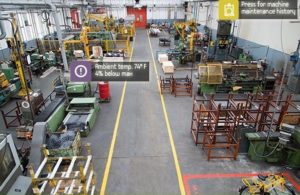
This use case pertains to contextually-triggered AR-enhanced instructions for “complex assembly” tasks. There are aspects of this use case category that overlap with guidance, remote assistance and navigation use cases. It may also include an inspection component.

